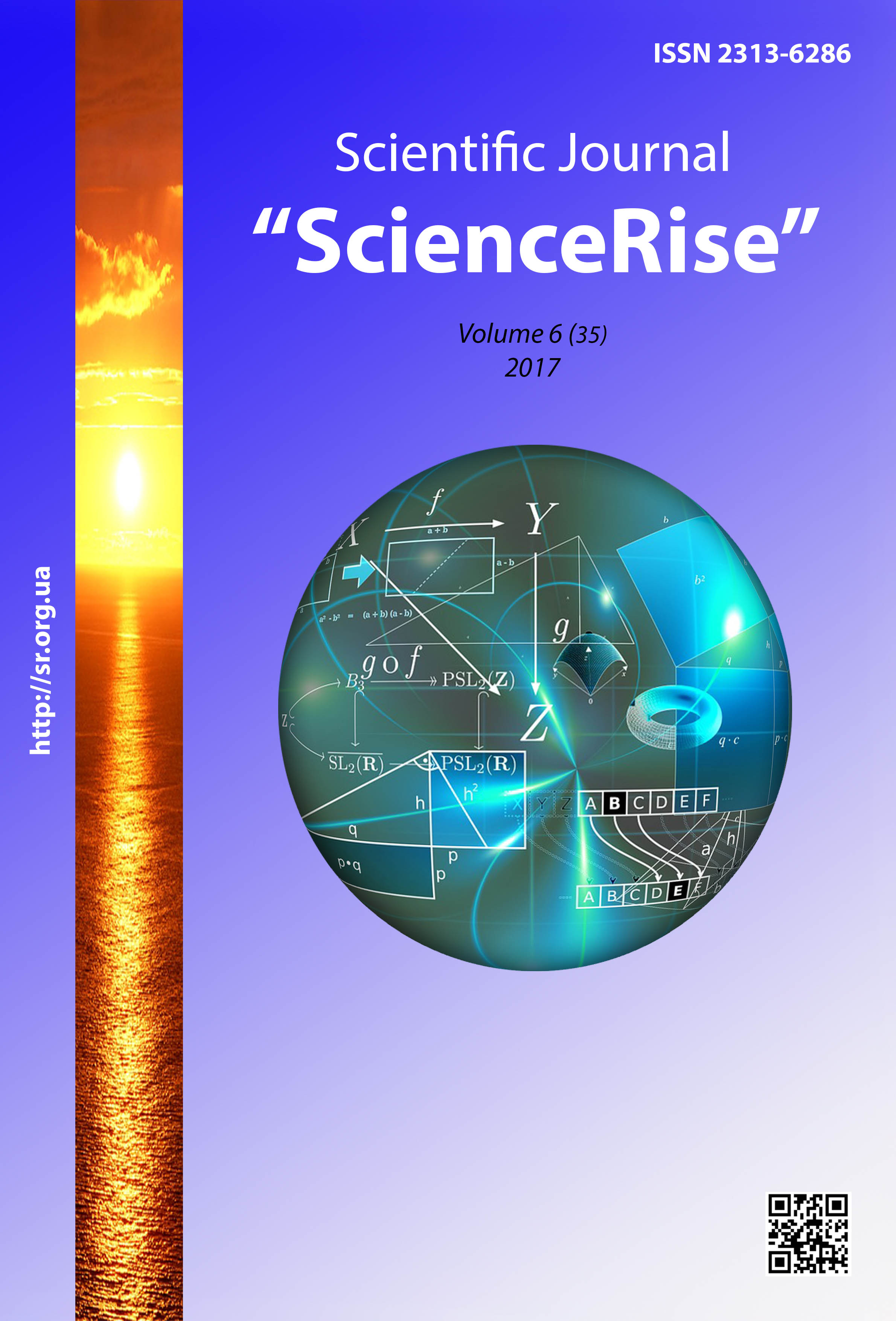Grounding of the tools for e-learning support using vector graphics technologies
DOI:
https://doi.org/10.15587/2313-8416.2017.103923Keywords:
e-learning, technology, tools, vector graphics, vector editor, e-textbookAbstract
The article proposes methodological bases for organization of e-learning support using vector graphics technologies. The analysis of the variety of multimedia capabilities of vector graphics in the conditions of e-learning is carried out. The schemes of structuring of the text of e-textbooks on the basis of vector graphics are developed. The organizational scheme of e-learning site structure by means of a vector graphics is created in the article
References
Vektorna grafika. Available at: http://reff.net.ua/19154-Vektornaya_grafika.html
O vektornoi grafike i vektornix redaktorah. Available at: http://nashdesign.com.ua/
Semerikov, S. O. (2009). Teoretyko-metodychni osnovy fundamentalizacii navchannya informatychnyh dyscyplin u vyshhyh navchal'nyh zakladah. Natsionalnyi pedahohichnyi un-t im. M. P. Drahomanova. Kyiv, 536.
Stefanovych, L. O., Stefanovych, T. O. (2011). Stvorennya yedynogo informaciynogo prostoru yak zasib integracii' vyshhoi i seredn'oi shkoly. Informatyzaciya vyshhogo navchal'nogo zakladu. Lviv: Vydavnyctvo Lvivskoi politehniky, 49–53.
Jaggars, S. S., Edgecombe, N., Stacey, G. W. (2013). What we know about online course outcomes. Research overview Community College Research Center. Columbia University, 126.
Banciu, V., Gordan, M., Stanciu, S. (2012). The Social Benefits of E-learning in the Study of Foreign Languages in Romanian Education. International Conference on Management and Education Innovation IPEDR, 37, 101–105. Available at: http://www.ipedr.com/vol37/021-ICMEI2012-E00044.pdf
Kovalenko, O. (2013). Evaluation of e-learning deployment scale. OECD publishing, 134.
Major, C. (2015). Teaching Online: A Guide to Theory, Research, and Practice. Johns Hopkins University Press, 336.
Terras, M. M., Ramsay, J. (2012). The five central psychological challenges facing effective mobile learning. British Journal of Educational Technology, 43 (5), 820–832. doi: 10.1111/j.1467-8535.2012.01362.x
Farwell, Т. (2013). Keeping an Online Class Interesting and Interactive. Distance Learning, 10 (3), 27–32.
Downloads
Published
Issue
Section
License
Copyright (c) 2017 Yevgen Hrabovskyi, Volodymyr Hikovatyi

This work is licensed under a Creative Commons Attribution 4.0 International License.
Our journal abides by the Creative Commons CC BY copyright rights and permissions for open access journals.
Authors, who are published in this journal, agree to the following conditions:
1. The authors reserve the right to authorship of the work and pass the first publication right of this work to the journal under the terms of a Creative Commons CC BY, which allows others to freely distribute the published research with the obligatory reference to the authors of the original work and the first publication of the work in this journal.
2. The authors have the right to conclude separate supplement agreements that relate to non-exclusive work distribution in the form in which it has been published by the journal (for example, to upload the work to the online storage of the journal or publish it as part of a monograph), provided that the reference to the first publication of the work in this journal is included.

